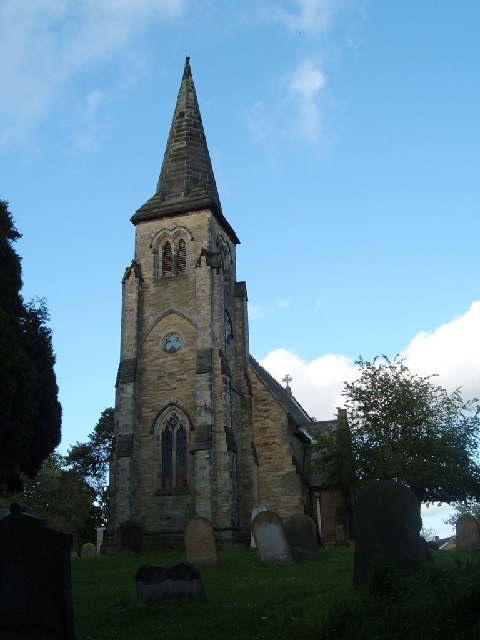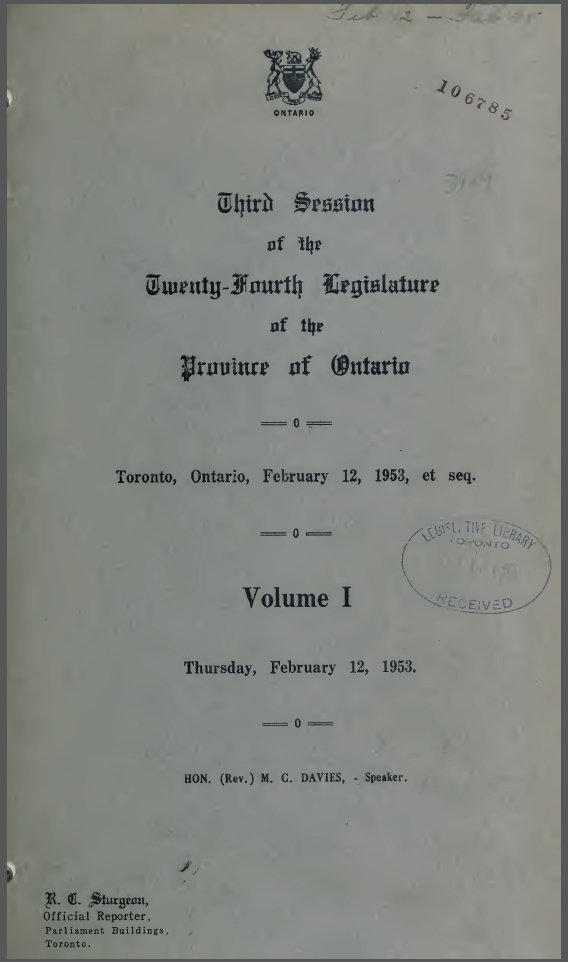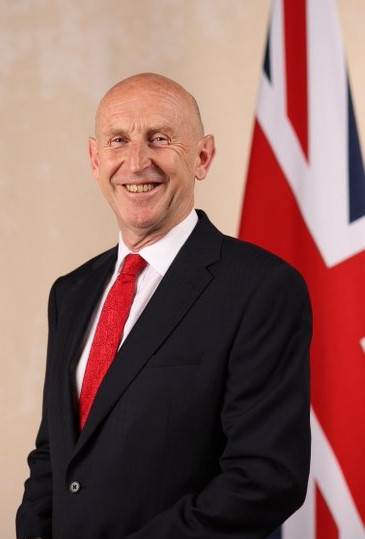|
Queen Elizabeth Barracks, Strensall
Queen Elizabeth Barracks is a British Army installation in Strensall, North Yorkshire, England. It opened in the 1880s, and since 2016, it has been under threat of closure, but was reprieved in 2024. History Strensall Camp, which covers about and stretches to Towthorpe (to the west), was formed by the War Office in 1884 for training troops. The land that formed the common and Lord's Moor itself was bought in 1876 for £300,000, from the then lord of the manor, Leonard Thompson and other landowners. This arrangement was made permanent in 1884 through the Strensall Common Act. The act was part of the response of the government to the Cardwell Reforms, a series of reforms of the British Army by Secretary of State for War Edward Cardwell between 1868 and 1874 designed to put the British Army on a more professional footing and to create reserve forces stationed around the country. The main purpose of the act was stated as: Though the Ministry of Defence exercises all legal rights ... [...More Info...] [...Related Items...] OR: [Wikipedia] [Google] [Baidu] |
Strensall
Strensall is a village in the Strensall with Towthorpe civil parish in the unitary authority of the City of York in North Yorkshire, England, on the River Foss north of York and north-east of Haxby. In 2001 the parish had a population of 3,815. It covers an area of 2,908 acres. The village was historically part of the North Riding of Yorkshire until 1974. It was then a part of the district of Ryedale in North Yorkshire from 1974 until 1996. Since 1996 it has been part of the City of York unitary authority. On 1 April 2009 the parish was abolished and merged with Towthorpe to form "Strensall with Towthorpe". The nearby Strensall Common is a Special Area of Conservation, an example of lowland heathland habitat covering over 5 km2. The southern part is designated as a Site of Special Scientific Interest. Strensall also has an army firing range and training area both of which belong to the Ministry of Defence. History Strensall is referred to in the Domesday Book of 1086 ... [...More Info...] [...Related Items...] OR: [Wikipedia] [Google] [Baidu] |
Yorkshire Brigade
The Yorkshire Brigade was an administrative brigade formation of the British Army from 1948 to 1968. The brigade administered the regular infantry regiments of Yorkshire, England. After the Second World War there were 14 infantry depots in Britain, each bearing a letter. The depots were territorially organised, and Infantry Depot E at Catterick was the headquarters for six line county regiments recruiting in Yorkshire and Northumberland. In 1948, the depots adopted names and this depot became the Yorkshire and Northumberland Brigade, with all regiments being reduced to a single battalion at the same time. The brigade was formed on 14 July 1948 and combined the depots of the following regiments: * The Royal Northumberland Fusiliers * The West Yorkshire Regiment (The Prince of Wales's Own) * The East Yorkshire Regiment (The Duke of York's Own) * The Green Howards (Alexandra, Princess of Wales's Own Yorkshire Regiment) * The Duke of Wellington's Regiment (West Riding) * The Yor ... [...More Info...] [...Related Items...] OR: [Wikipedia] [Google] [Baidu] |
Royal Army Medical Service
The Royal Army Medical Service (RAMS) is a specialist corps in the British Army The British Army is the principal Army, land warfare force of the United Kingdom. the British Army comprises 73,847 regular full-time personnel, 4,127 Brigade of Gurkhas, Gurkhas, 25,742 Army Reserve (United Kingdom), volunteer reserve perso ..., formed on 15 November 2024, which provides health services, including medicine, nursing and dentistry to military personnel in war and in peace. The Service was formed from the amalgamation of the Royal Army Medical Corps, Royal Army Dental Corps, and Queen Alexandra's Royal Army Nursing Corps. History Formation of the Royal Army Medical Service On 15 October 2024, it was announced in parliament that King Charles had approved the creation of the Royal Army Medical Service (RAMS) for the British Army. This formation was the result of an amalgamation process known as Project Victoria, which proposed an integration of the Army's three previous h ... [...More Info...] [...Related Items...] OR: [Wikipedia] [Google] [Baidu] |
2nd Medical Brigade (United Kingdom)
2nd Medical Group (2 Med Gp) is a formation of the British Army under Field Army Troops. It predominantly provides deployed hospital care via 11 Multi-Role Medical Regiments. It also provides specialist medical capabilities via three Nationally Recruited Reserve Units; 306 Hospital Support Regiment, 335 Medical Evacuation Regiment and the Medical Operational Support Unit. History Headquarters 2nd Medical Group, formerly known as 2nd Medical Brigade, was initially formed at Imphal Barracks, York under the title of The Medical Group on 1 April 2002, as a result of the Strategic Defence Review. In March 2020, as part of Operation Rescript, 256th (London and South East) Multi-Role Medical Regiment, then known as 256 Field Hospital, helped construct a temporary critical care hospital, named NHS Nightingale Hospital London, during the COVID-19 pandemic in the United Kingdom. Under the Future Soldier programme announced on 25 November 2021, the formation was reduced to a Colonel' ... [...More Info...] [...Related Items...] OR: [Wikipedia] [Google] [Baidu] |
Sherwood Sandstone Group
The Sherwood Sandstone Group is a Triassic lithostratigraphic group (a sequence of rock strata) which is widespread in Britain, especially in the English Midlands. The name is derived from Sherwood Forest in Nottinghamshire which is underlain by rocks of this age.http://www.bgs.ac.uk/Lexicon/lexicon.cfm?pub=SSG (BGS on-line lexicon of rock units) It has economic importance as the reservoir of the Morecambe Bay gas field, the second largest gas field in the UK, and the Wytch Farm oil field in Dorset, the largest onshore oilfield in Western Europe. Geographical extent The Sherwood Sandstone Group is present in a number of sedimentary basins throughout the United Kingdom, where regional subsidence during the Triassic allowed sediments to accumulate and be preserved. Northwest England: the East Irish Sea and Solway Basins The Sherwood Sandstone Group in onshore Northwest England comprises the Cheshire Basin and the eastern edge of the East Irish Sea and Solway Basins. The Sherwo ... [...More Info...] [...Related Items...] OR: [Wikipedia] [Google] [Baidu] |
Provisional Irish Republican Army
The Provisional Irish Republican Army (Provisional IRA), officially known as the Irish Republican Army (IRA; ) and informally known as the Provos, was an Irish republican paramilitary force that sought to end British rule in Northern Ireland, facilitate Irish reunification and bring about an independent republic encompassing all of Ireland. It was the most active republican paramilitary group during the Troubles. It argued that the all-island Irish Republic continued to exist, and it saw itself as that state's army, the sole legitimate successor to the original IRA from the Irish War of Independence. It was List of designated terrorist groups, designated a terrorist organisation in the United Kingdom and an unlawful organisation in the Republic of Ireland, both of whose authority it rejected. The Provisional IRA emerged in December 1969, due to a split within Irish Republican Army (1922–1969), the previous incarnation of the IRA and the broader Irish republican movement. It ... [...More Info...] [...Related Items...] OR: [Wikipedia] [Google] [Baidu] |
King's Division
The King's Division is a British Army command, training and administrative apparatus designated for infantry regiments in the North of England. History The King's Division was formed in 1968 with the union of the Lancastrian Brigade, Yorkshire Brigade and North Irish Brigade. The depot was established at Queen Elizabeth Barracks in Strensall. Under the restructuring announced in 2004, the King's Division was reorganized into two large regiments: *The Duke of Lancaster's Regiment (King's Lancashire and Border) *The Yorkshire Regiment (14th/15th, 19th and 33rd/76th Foot) In 2017 the Mercian Regiment The Mercian Regiment (Cheshire, Worcesters and Foresters, and Staffords) is an infantry regiment of the British Army, which is recruited from five of the counties that formed the ancient kingdom of Mercia. Known as 'The Heart of England's Infant ... moved to the King's Division. The King's Division therefore now comprises the following infantry battalions: *Regular Ar ... [...More Info...] [...Related Items...] OR: [Wikipedia] [Google] [Baidu] |
1957 Defence White Paper
The 1957 White Paper on Defence (Cmnd. 124) was a British white paper issued in March 1957 setting forth the perceived future of the British military. It had profound effects on all aspects of the defence industry but probably the most affected was the British aircraft industry. Duncan Sandys, the recently appointed Minister of Defence, produced the paper. The decisions were influenced by two major factors: the finances of the country and the coming of the missile age. In the past, combat in the air would have been between aircraft, with high flying bombers carrying nuclear weapons and fast interceptor fighter aircraft trying to stop them. Now the ballistic missile could deliver these weapons with no possible defensive response. In this new environment, the interceptors and surface-to-air missiles (SAMs), along with their associated radar networks, seemed superfluous. Likewise, it appeared new manned aircraft of any sort would have little utility in airspace dominated by SAMs. Num ... [...More Info...] [...Related Items...] OR: [Wikipedia] [Google] [Baidu] |
Hansard
''Hansard'' is the transcripts of parliamentary debates in Britain and many Commonwealth of Nations, Commonwealth countries. It is named after Thomas Curson Hansard (1776–1833), a London printer and publisher, who was the first official printer to the Parliament of the United Kingdom, Parliament at Westminster. Origins Though the history of the ''Hansard'' began in the British Parliament, each of Britain's colonies developed a separate and distinctive history. Before 1771, the British Parliament had long been a highly secretive body. The official record of the actions of the House was publicly available but there was no record of the debates. The publication of remarks made in the House became a breach of parliamentary privilege, punishable by the two Houses of Parliament (UK), Houses of Parliament. As the populace became interested in parliamentary debates, more independent newspapers began publishing unofficial accounts of them. The many penalties implemented by the governmen ... [...More Info...] [...Related Items...] OR: [Wikipedia] [Google] [Baidu] |
World War II
World War II or the Second World War (1 September 1939 – 2 September 1945) was a World war, global conflict between two coalitions: the Allies of World War II, Allies and the Axis powers. World War II by country, Nearly all of the world's countries participated, with many nations mobilising all resources in pursuit of total war. Tanks in World War II, Tanks and Air warfare of World War II, aircraft played major roles, enabling the strategic bombing of cities and delivery of the Atomic bombings of Hiroshima and Nagasaki, first and only nuclear weapons ever used in war. World War II is the List of wars by death toll, deadliest conflict in history, causing World War II casualties, the death of 70 to 85 million people, more than half of whom were civilians. Millions died in genocides, including the Holocaust, and by massacres, starvation, and disease. After the Allied victory, Allied-occupied Germany, Germany, Allied-occupied Austria, Austria, Occupation of Japan, Japan, a ... [...More Info...] [...Related Items...] OR: [Wikipedia] [Google] [Baidu] |
Ministry Of Defence (United Kingdom)
The Ministry of Defence (MOD or MoD) is a Departments of the Government of the United Kingdom, ministerial department of the Government of the United Kingdom. It is responsible for implementing the defence policy set by the government and serves as the headquarters of the British Armed Forces. The MOD states that its principal objectives are to defend the United Kingdom of Great Britain and Northern Ireland and its interests and to strengthen international peace and stability. The MOD also manages day-to-day running of the armed forces, contingency planning and defence procurement. The expenditure, administration and policy of the MOD are scrutinised by the Defence Select Committee, except for Defence Intelligence which instead falls under the Intelligence and Security Committee of Parliament. History During the 1920s and 1930s, British civil servants and politicians, looking back at the performance of the state during World War I, concluded that there was a need for greater ... [...More Info...] [...Related Items...] OR: [Wikipedia] [Google] [Baidu] |
First World War
World War I or the First World War (28 July 1914 – 11 November 1918), also known as the Great War, was a World war, global conflict between two coalitions: the Allies of World War I, Allies (or Entente) and the Central Powers. Fighting took place mainly in European theatre of World War I, Europe and the Middle Eastern theatre of World War I, Middle East, as well as in parts of African theatre of World War I, Africa and the Asian and Pacific theatre of World War I, Asia-Pacific, and in Europe was characterised by trench warfare; the widespread use of Artillery of World War I, artillery, machine guns, and Chemical weapons in World War I, chemical weapons (gas); and the introductions of Tanks in World War I, tanks and Aviation in World War I, aircraft. World War I was one of the List of wars by death toll, deadliest conflicts in history, resulting in an estimated World War I casualties, 10 million military dead and more than 20 million wounded, plus some 10 million civilian de ... [...More Info...] [...Related Items...] OR: [Wikipedia] [Google] [Baidu] |






